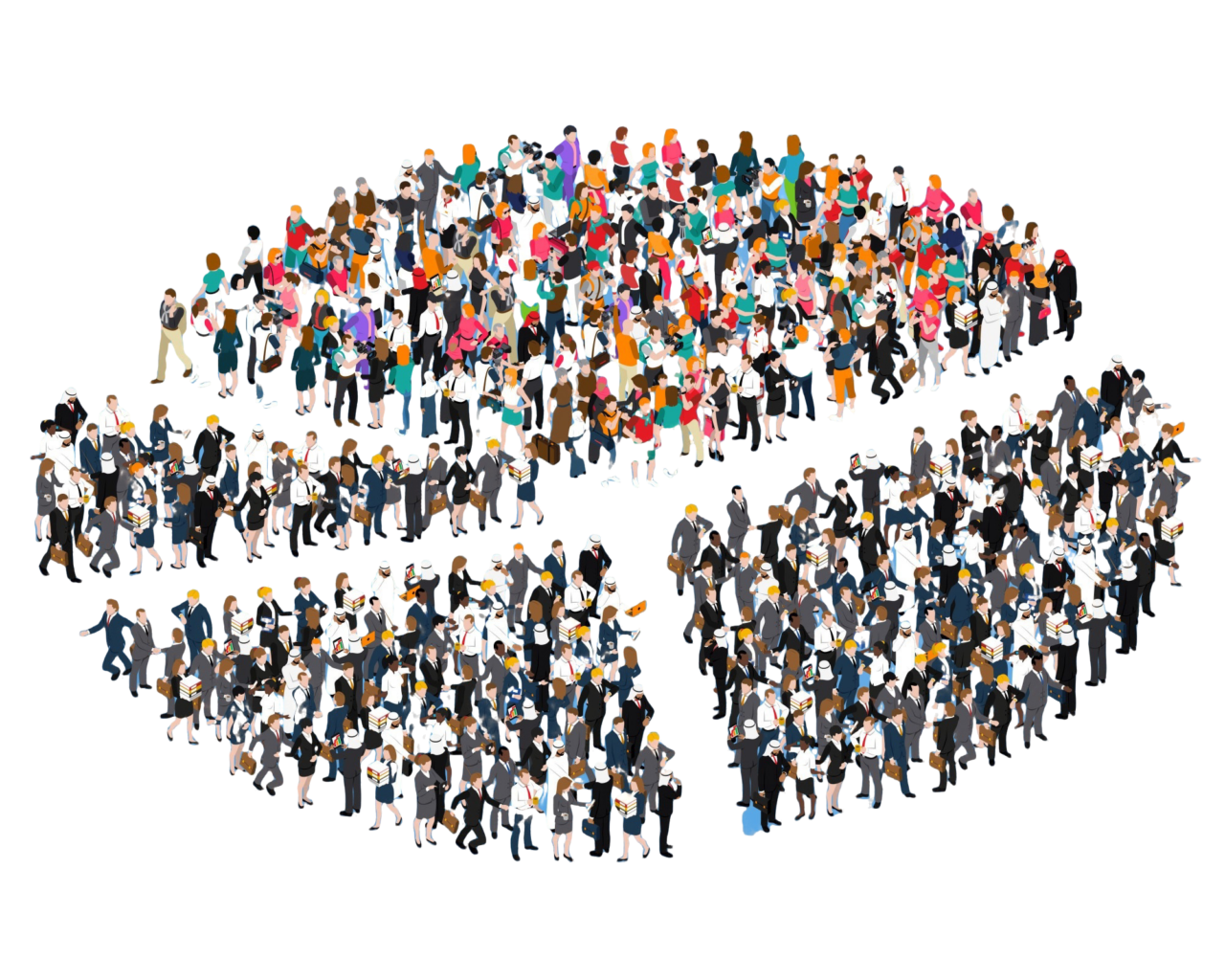VIDEO: Is California’s nonpartisan primary having a positive effect on politics?
California’s work to modernize its elections has been gaining some national attention lately. And last month, elected officials, election experts, and interested Californians gathered in Sacramento to look back at how the state’s nonpartisan, or “Top Two” primary election reform is doing.
We asked people there about the effects of Top Two, which allows voters to vote for any candidate on the primary ballot regardless of party, with the top two vote getters appearing in the general election.
While it’s still early to fully measure the impact of Top Two, it’s clear from remarks that the reform is leaving a mark on elections and political campaigns.
Democratic State Senator Steve Glazer (D-Contra Costa) addressed the crowd regarding his win over a more liberal Democrat, a recent example of the influence this reform is having on California elections.
Glazer shared his belief “Top Two” enables lawmakers to represent their constituents and act with conviction. To the Senator, that means the reform makes it more possible for “a Democrat to say ‘No’ and a Republican to say ‘Yes.’”
Glazer also said the new primary rules enable and encourage lawmakers to take six actions that he believes will result in a stronger democracy and better policy.
But, is it resulting in reducing partisan bickering and gridlock while making elections more competitive and creating a more moderate and productive Legislature?
At the event co-hosted by the Independent Voter Project and California Forward, there were positive comments from both sides of the aisle.
“Your average Californian wants Republicans and Democrats working together to identify bipartisan solutions and, at the end of the day, getting results on core priorities,” said panelist and Assembly Republican leader Kristin Olsen (R-Modesto), calling top two a “step in the right direction.”
Others were concerned about the negative effects being seen in these early stages, such as rising campaign costs and the struggles of third parties. Because only two candidates end up on the ballot and other requirements, there’s been big drop in the number of third party candidates making it to the primary election.
Some said these and other issues might require future reforms, including maybe even creating a “top three” primary instead, and allowing voters to rank primary candidates, an option raised at the event.
For others, the top-two reform was the simply the right thing to do on the principle, especially as the number of decline to state voters grows in California.
“What top-two did is for the first time appreciate that real democracy means having nonpartisan elections all together,” said Chad Peace, attorney for Independent Voter Project. “When the government gets involved in sanctioning a process, funding a process, it should treat every voter the same whether they choose to join a political party or they do not.”
“What’s important is top two is part of a trifecta,” said Martin Wilson, executive vice president of public affairs for the California Chamber of Commerce. “It’s a holy trinity of reforms that have passed, the redistricting, the top two and the term limit reform. That’s made a huge difference.”

Dr. Ansari on health care’s future amid demographic shifts
Original story on permanente.org During a recent CEO workgroup panel, “Advancing Your Culture…
December 23, 2024
Drs. Hoberman and Nguyen on preparing for health care AI
Original story on permanente.org Many questions surround the advancements of artificial intelligence in…
October 30, 2024